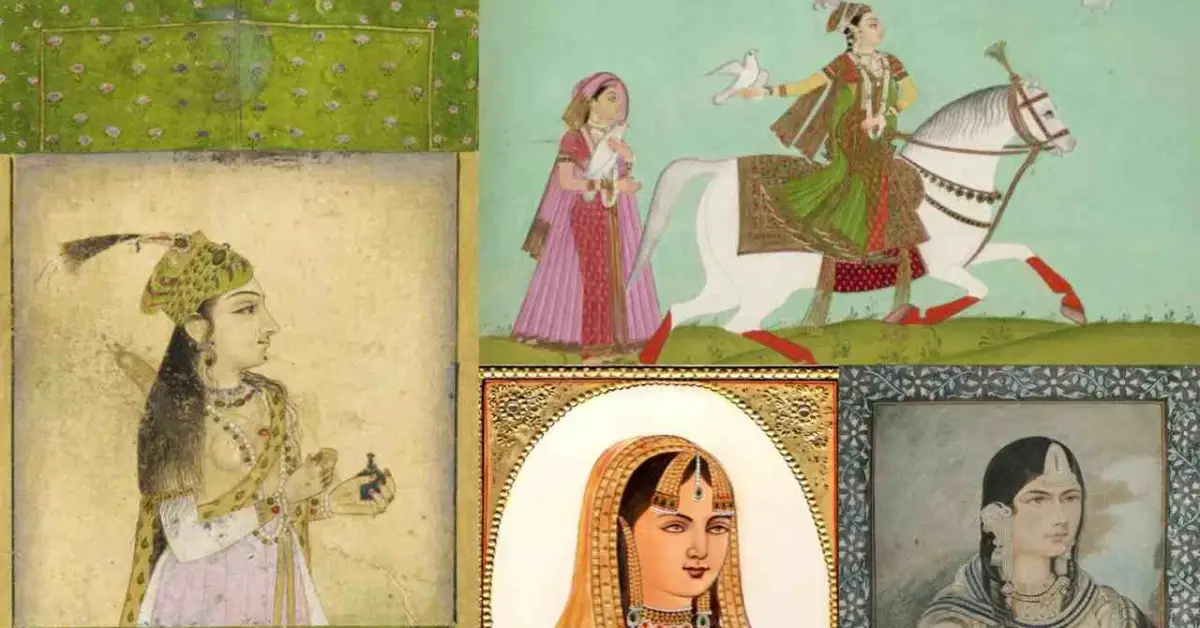Hamida Banu Begum was one of the most influential women in Mughal history, though she often didn’t receive as much attention as some other Mughal queens. As the wife of Emperor Humayun and mother of Emperor Akbar the Great, she played a crucial role in shaping the Mughal Empire. Let’s explore the fascinating life of this remarkable woman who showed incredible strength and wisdom during some of the most challenging times in Mughal history.
Early Life and Background
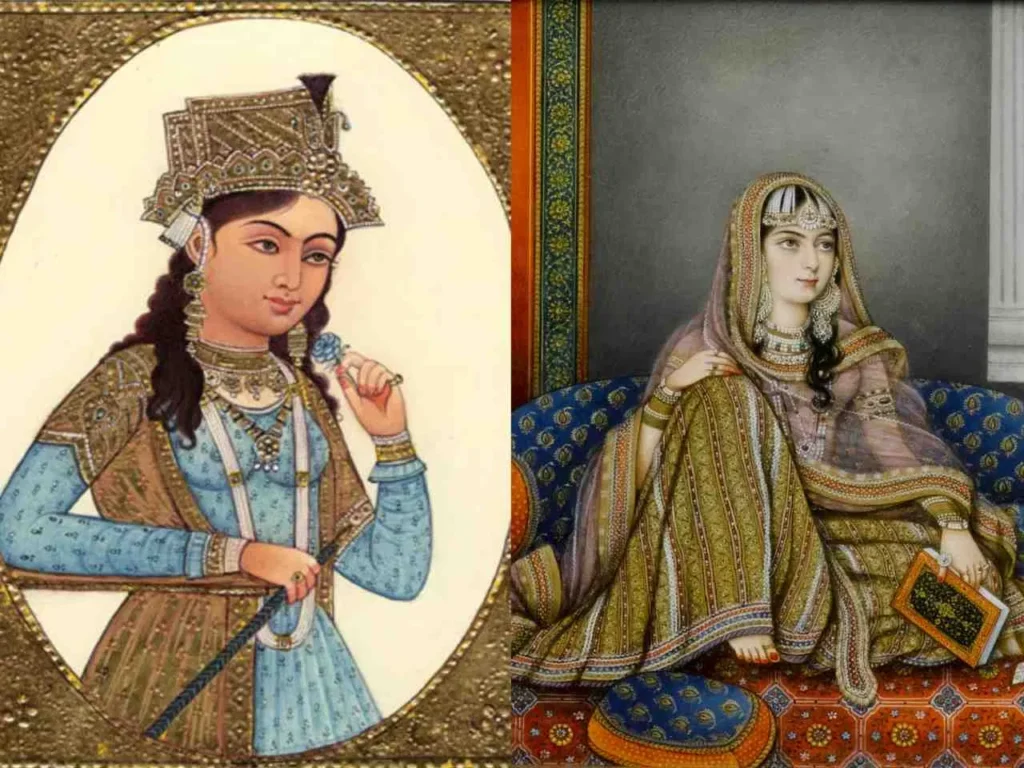
Hamida Banu Begum was born around 1527 into a family of Persian origin. Her father, Shaikh Ali Akbar Jami, was a respected scholar and teacher who served in the court of Babur, the founder of the Mughal Empire. Growing up in a scholarly household gave Hamida a strong educational foundation, which would later help her navigate the complex world of Mughal politics.
A Love Story That Defied Conventions
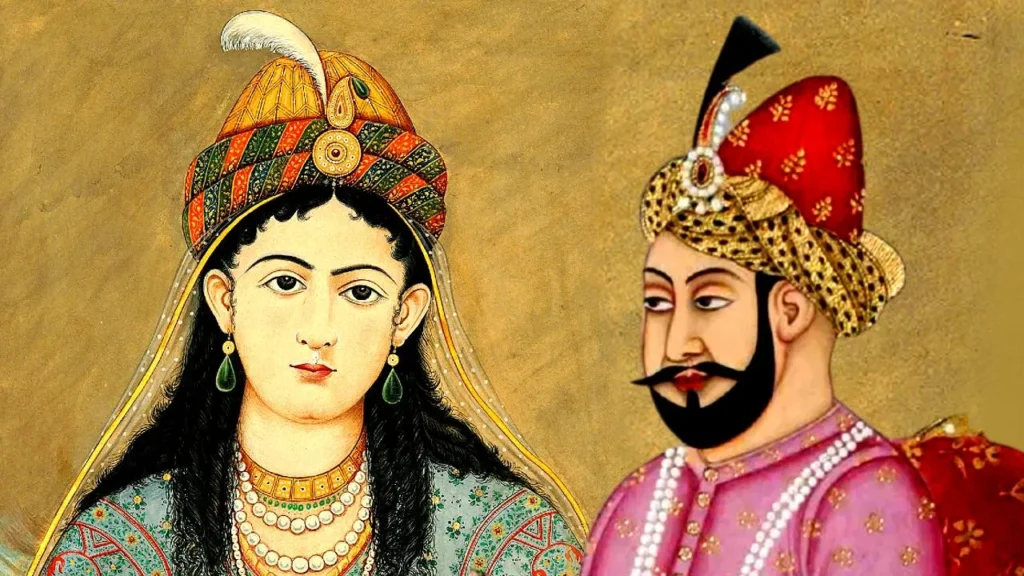
The story of how Hamida Banu met Emperor Humayun is quite interesting. Their first meeting took place in 1541 at the camp of Hindal Mirza (Humayun’s younger brother) in Paat. At that time, Humayun was going through a difficult period, having lost his kingdom to Sher Shah Suri. Despite these challenging circumstances, Humayun was immediately drawn to the teenage Hamida’s intelligence and character.
However, the path to their marriage wasn’t smooth. When Humayun first expressed his desire to marry Hamida, she refused. She was only about fourteen years old and initially didn’t want to marry the emperor. It took about forty days of persuasion before she agreed to the marriage. This shows her strong personality – even as a young girl, she wasn’t afraid to stand up for herself, even to an emperor!
Life During Exile
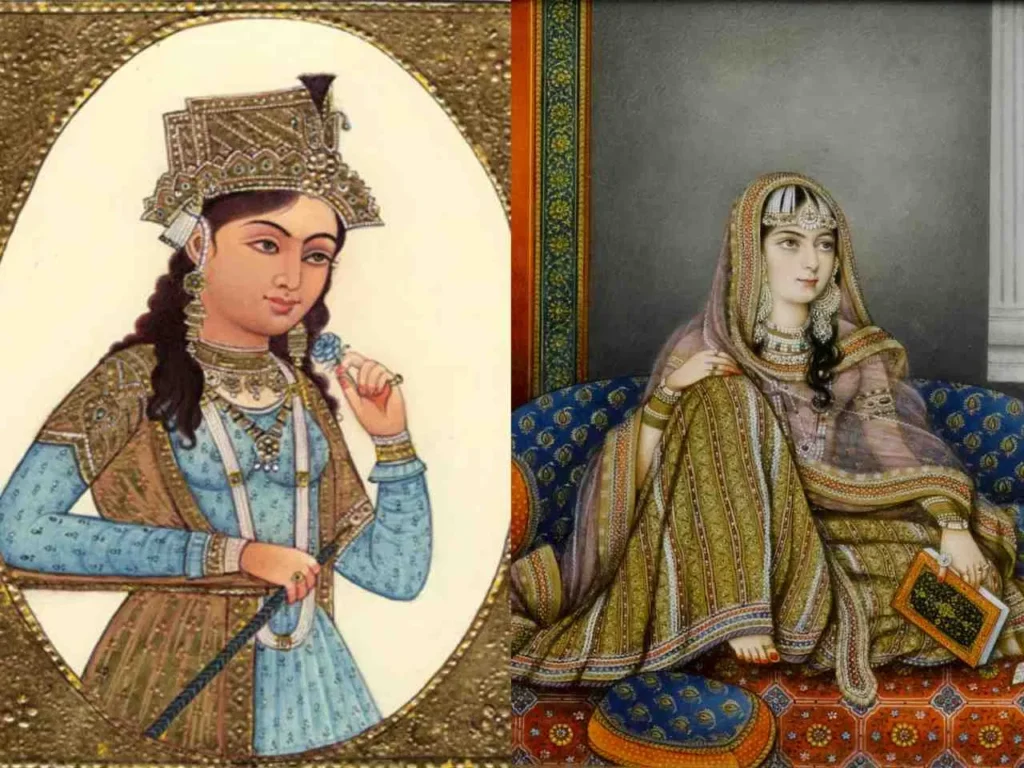
One of the most challenging periods in Hamida’s life came shortly after her marriage. The Mughal Empire was going through a severe crisis, having lost most of its territories to Sher Shah Suri. Hamida, who was pregnant with future emperor Akbar, had to flee alongside Humayun. Their journey was incredibly difficult and dangerous.
The couple, along with a small group of loyal followers, had to cross the harsh Thar Desert to reach Persia. During this perilous journey, Hamida showed remarkable courage and resilience. She was pregnant during most of this difficult trek, yet she persevered through the challenging conditions. On October 15, 1542, she gave birth to Akbar at the Umerkot fort in Sindh (modern-day Pakistan).
A Mother’s Sacrifice
Perhaps one of the most touching aspects of Hamida’s life was the sacrifice she made for the sake of political stability. When Akbar was just one year old, she had to leave him behind in Afghanistan while she and Humayun sought refuge in Persia. This separation lasted for about four years – an incredibly difficult decision for any mother to make.
This separation, though painful, was necessary for ensuring Akbar’s safety and education. While in Afghanistan, young Akbar was raised by his uncles and other loyal nobles, who ensured he received proper military training and education. This early training would later help him become one of the greatest Mughal emperors.
Life as a Queen Mother

After Humayun regained his empire in 1555, Hamida’s life changed significantly. However, this period of triumph was short-lived, as Humayun died in an accident just six months after reclaiming Delhi. At this point, Hamida’s role became even more crucial. As the mother of the new emperor, thirteen-year-old Akbar, she became one of his most trusted advisors.
During Akbar’s reign, Hamida Banu Begum was given the title ‘Mariam Makani’ (Mary of the Palace), reflecting her elevated status and the respect she commanded. She played a significant role in the political and social life of the empire, often acting as a mediator in family disputes and providing wise counsel to her son.
Her Influence on Architecture and Culture
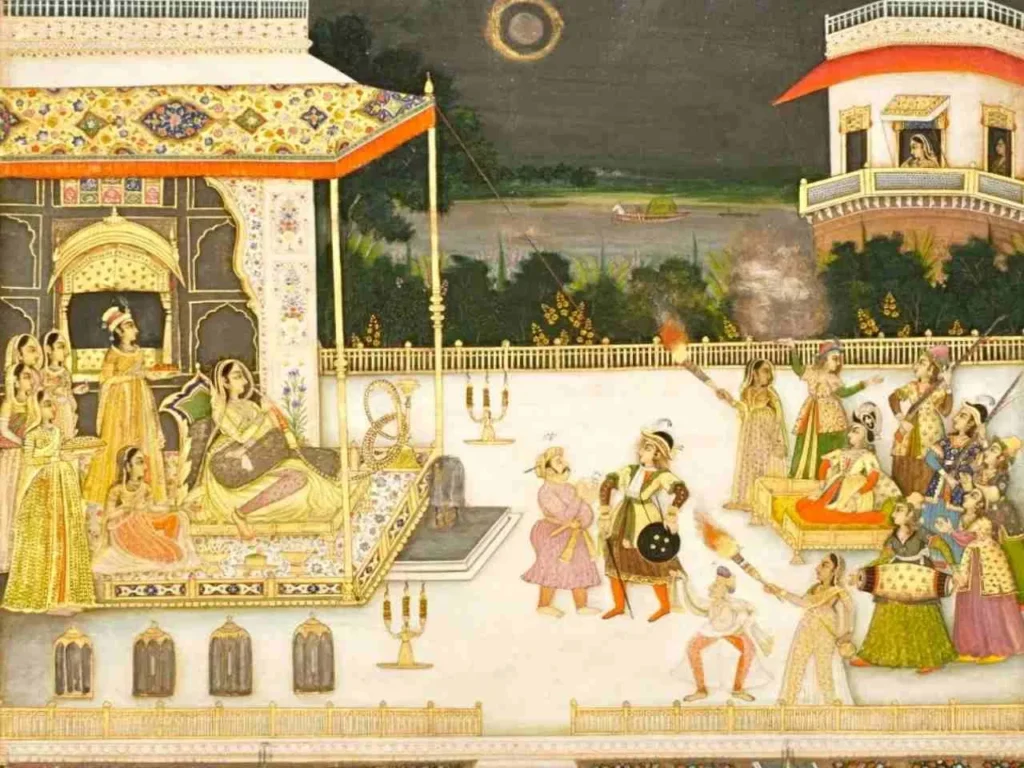
Hamida Banu Begum had a significant influence on Mughal architecture and culture. She was particularly interested in Persian architecture and arts, which influenced many building projects during her time. One of the most notable examples is her involvement in planning Humayun’s Tomb in Delhi, which she commissioned in 1565.
Humayun’s Tomb, now a UNESCO World Heritage site, was the first garden tomb on the Indian subcontinent. It set new standards in Mughal architecture and inspired many later buildings, including the famous Taj Mahal. Hamida supervised the tomb’s construction, showing her keen interest in architecture and her dedication to preserving her husband’s memory.
Role in Women’s Education
Hamida Banu Begum was known for supporting women’s education and empowerment. Coming from an educated background herself, she understood the importance of learning. She encouraged the education of women in the royal household and supported various scholarly activities.
Under her influence, many women in the Mughal court received education in various subjects, including literature, art, and administration. This helped create a more inclusive environment in the Mughal court, where women could participate in intellectual and cultural activities.
Personal Character and Legacy
Historical accounts describe Hamida as a woman of strong character, intelligence, and dignity. She was known for her wisdom and diplomatic skills, often helping to resolve conflicts within the royal family. Her relationship with her son Akbar was particularly special – he respected her opinion and often sought her advice on important matters.
She was also known for her charitable works and compassion. During her lifetime, she supported many charitable causes and helped the poor and needy. Her kindness and generosity earned her great respect among the people.
Final Years
Hamida Banu Begum lived a long life, passing away in 1604 at the age of approximately 77. She lived to see her son Akbar become one of the greatest rulers in Indian history, and even saw her grandson Prince Salim (later Emperor Jahangir) grow into adulthood.
She was buried in Humayun’s Tomb, the magnificent structure she had commissioned decades earlier. Her death was mourned throughout the empire, and Akbar himself was deeply affected by the loss of his mother, who had been his constant support throughout his life.
Impact on Mughal History
Hamida Banu Begum’s influence on Mughal history extends far beyond her role as the emperor’s wife and emperor’s mother. She was a strong woman who faced numerous challenges with courage and dignity. During the exile years, she helped keep the royal family together and maintained their dignity despite difficult circumstances.
Her diplomatic skills helped maintain peace within the royal family, and her wisdom influenced many of Akbar’s policies. Through her support of architecture, education, and culture, she helped shape the golden age of the Mughal Empire.
Conclusion
Hamida Banu Begum’s life story is a testament to the strength, resilience, and wisdom of women in medieval India. From a young bride who dared to initially refuse an emperor, to a mother who made great sacrifices for her son’s future, to a respected queen mother who influenced empire-wide policies, her life was truly remarkable.
Her legacy lives on not just in the magnificent Humayun’s Tomb, but in the example she set of courage, wisdom, and dignity in the face of adversity. While she may not be as widely known as some other Mughal women, her contribution to the empire and its culture was significant and lasting.
In today’s world, where we often look for role models of strong, resilient women, Hamida Banu Begum’s life offers valuable lessons about courage, sacrifice, and the power of wisdom. Her story reminds us that even in the most challenging circumstances, it’s possible to maintain one’s dignity and make a positive impact on the world.
FAQs About Hamida Banu Begum
Who was Hamida Banu Begum?
Hamida Banu Begum was a powerful Mughal empress who lived from around 1527 to 1604. She was the wife of Emperor Humayun and mother of Emperor Akbar the Great. Known for her wisdom and strength, she played a crucial role in shaping the Mughal Empire during its challenging times.
What was Hamida Banu Begum’s most famous contribution to architecture?
Her most famous contribution was commissioning and overseeing the construction of Humayun’s Tomb in Delhi, which later inspired the design of the Taj Mahal. This magnificent structure, built in 1565, is now a UNESCO World Heritage site and represents one of the finest examples of Mughal architecture.
What special title was given to Hamida Banu Begum?
During Emperor Akbar’s reign, she was given the title ‘Mariam Makani’ which means ‘Mary of the Palace.’ This title reflected her elevated status and the deep respect she commanded within the Mughal court.
How did Hamida Banu Begum meet Emperor Humayun?
They met in 1541 at the camp of Hindal Mirza, Humayun’s younger brother. Interestingly, when Humayun first proposed marriage, she refused. It took about forty days of persuasion before she agreed to marry the emperor.
What hardships did Hamida Banu Begum face?
She faced numerous challenges, including having to flee across the Thar Desert while pregnant with Akbar. She also had to make the difficult decision to leave her one-year-old son Akbar behind in Afghanistan for four years while she and Humayun sought refuge in Persia.
How long did Hamida Banu Begum live?
She lived to be approximately 77 years old, passing away in 1604. She witnessed her son Akbar become one of India’s greatest rulers and saw her grandson Prince Salim (later Emperor Jahangir) grow into adulthood.
What is Hamida Banu Begum’s historical significance?
She played a crucial role in maintaining the continuity of the Mughal Empire during its most challenging period. Her influence extended beyond her roles as empress and queen mother – she was a patron of architecture, a supporter of women’s education, and a skilled diplomat who helped maintain peace within the royal family.
